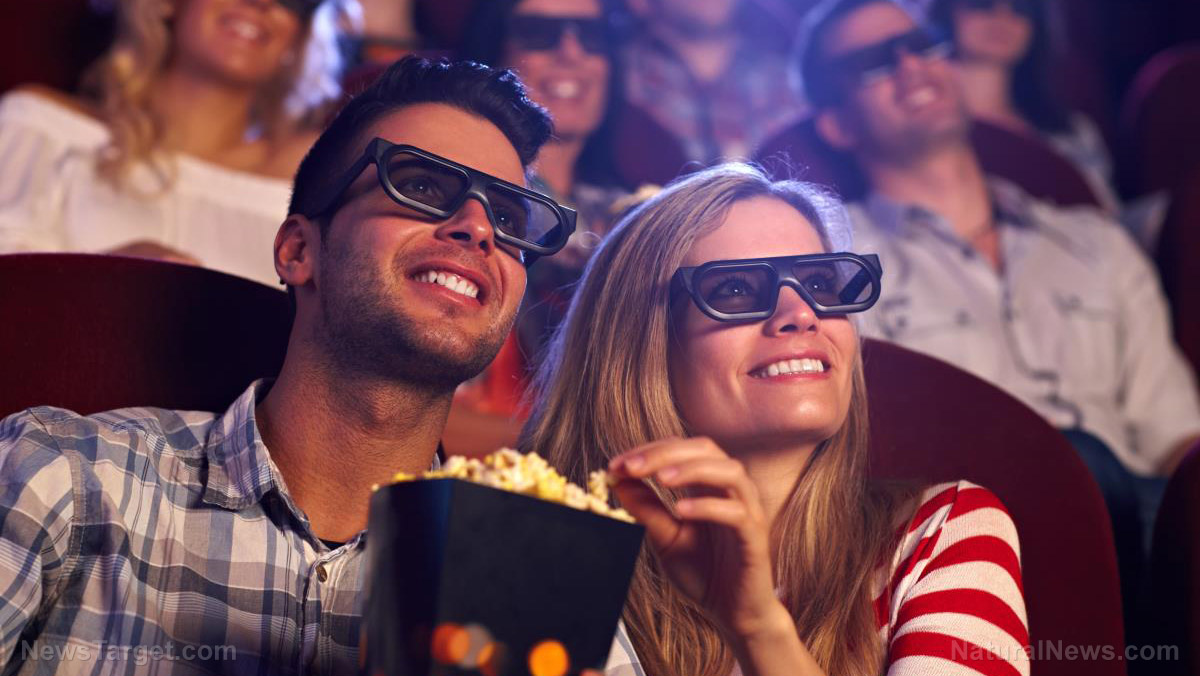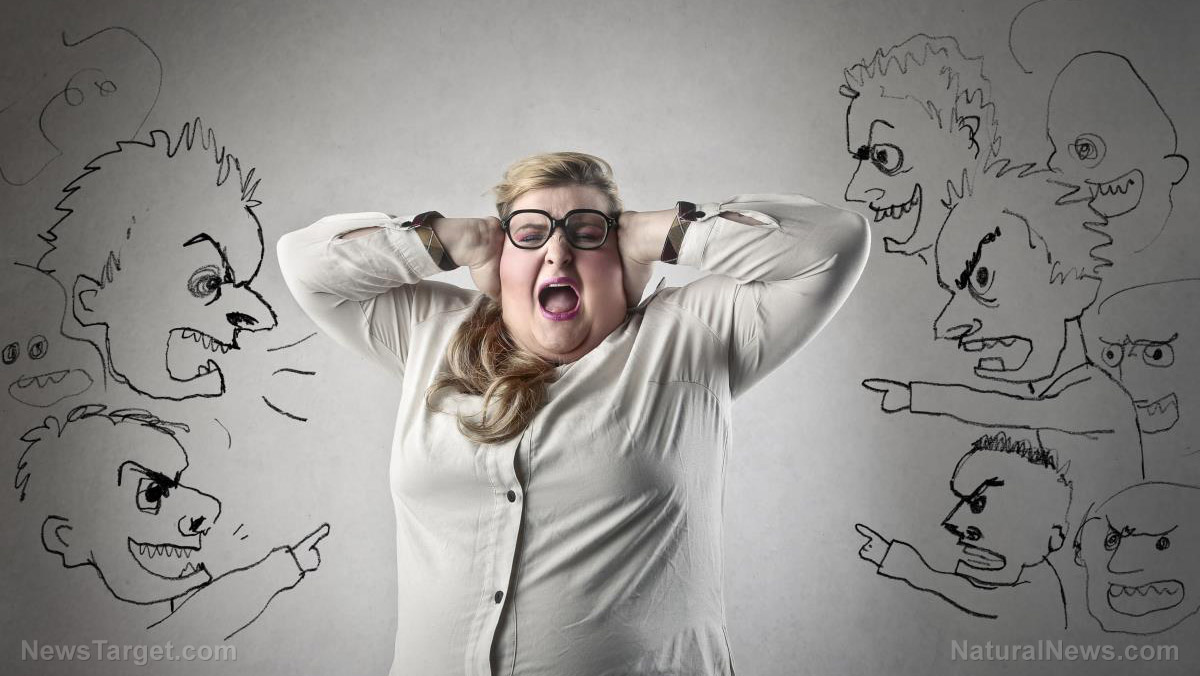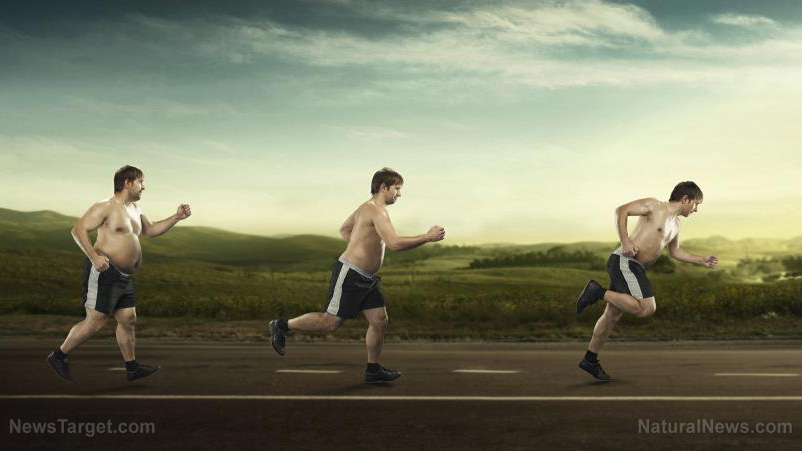Movies and emotional eating: Study shows sad movies are bad for your diet
09/02/2018 / By Ralph Flores

Imagine this: You’ve just finished watching a sad movie. You’re bawling your eyes out. Then, you reach over to the ice cream on the table and sit on the couch to make you feel better.
That’s one of the many things people do after watching a tearjerker. However, researchers at Cornell University and Brand Lab say that’s exactly what makes us gain weight. This is because the person is experiencing a state of emotional eating, wherein they must compensate for the feelings of depression, stress, or momentary sadness by eating food that are loaded in salt, fat, or sugar. This state is also the reason why obesity correlated with mental illnesses such as depression.
To prove their hypothesis, researchers had a group of moviegoers eat snacks while watching Love Story (the sad movie) and Sweet Home Alabama (a funny love story). As a result, they discovered that the group consumed 28 percent more popcorn when watching sad movies than watching light-hearted movies.
In addition, they also analyzed popcorn-eating habits of moviegoers in seven cities across the U.S. during Thanksgiving weekend. After weighing leftover popcorn and counting popcorn boxers, researchers found that viewers who watched a sad movie (Solaris) consumed 55 percent more popcorn than the people who had watched a comedy (My Big Fat Greek Wedding).
Still, if you love tragedies, there’s still hope. “Sad movies also lead people to eat more of any healthy food that’s in front of them,” says Brian Wansink, Food and Brand Lab Director. “It’s a quick and mindless way of getting more fruit or veggies into your diet.”
This ties up with a previous study also conducted by Cornell. The research stated that people who watched action and adventure movies ate more calories – but only if it is within arm’s reach. Researchers say that this is because people match their eating pace with the speed of the movie. Moreover, these can also generate increased eating to make-up for the sad feeling that they have experience while watching.
Wansink offers a final suggestion for moviegoers on a diet: “Keep snacks out of arms reach, ideally leave them in the kitchen and only bring to the couch what you intend to eat. It’s easier to become slim by design than slim by willpower.”
Then concept of people going to the movies have been around for a long time. At turn of the century, following the success of the movie “The Great Train Robbery” in 1903, permanent film theaters were established across the U.S. They were first called nickelodeons. These helped establish cinema as a permanent fixture, and it rapidly rose. In 1908, at least 10 thousand nickelodeons were built, compared to only a few in 1904. Nickelodeons declined after 1916, with the advancement in motion pictures, and it has not looked back since. The U.S. alone has an estimated 40 thousand cinemas across the country.
Sound was introduced to movies in 1927, with the movie “The Jazz Singer”. However, color had already made its way to the screen since 1922. However, there has been a steady decline in cinema houses with the developments of technology. As of 2016, the estimated number of sites where there is cinema is around six thousand from seven thousand sites in 1995.
Want to eat healthy on your next movie night? Head on to Fresh.news to learn more.
Sources include:
Tagged Under: bad diets, diet, emotional eating, Emotions, health eating, mental, Movies, nutrition, obesity, sad movies




















